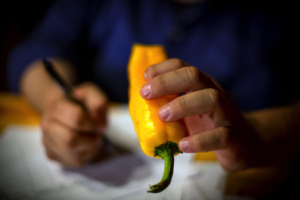
This six-part webinar series was hosted by OSA and the Upper Midwest Collaborative Plant Breeding Network project partners in early 2023. The series focuses on organic plant breeding for independent plant breeders, farmers interested in selection, regional seed companies, and plant breeding students.
Webinars in this Series
- Goal Setting and Breeding Project Design
- Selecting High-quality Breeding Material
- Management Considerations for Seed Quality
- Getting to Variety Release
- Scaling up Seed Production
- Data Management and Analysis
1. Goal Setting and Breeding Project Design
This first webinar in the series focuses on goal setting and breeding project design. We explore the early stages of developing a breeding project, identifying the market need for certain traits, articulating clear goals, and designing the project to efficiently achieve the goals. Presenters cover how to set up organizational systems and use tools such as SeedLinked to streamline data collection. Participants also learn how to connect with on-farm trial sites and partners.
2. Selecting High-quality Breeding Material
This second webinar in the series focuses on selecting high-quality breeding material. We cover how to vet and access breeding material from a variety of sources, and how to define criteria for selecting parents. Specific topics include using the National Plant Germplasm System and international genebanks, accessing germplasm from other breeding programs, how to write and negotiate Material Transfer Agreements, and best practices for intellectual property protection.
3. Management Considerations for Seed Quality
This third webinar in the series focuses on management considerations for seed quality. Participants deepen their understanding of seed-borne diseases and techniques for control. This webinar includes resources and protocols for seed testing in public and private labs, organic-approved seed sanitation procedures, and seed treatment options using hot water or steam. Experts on seed pathology presenters and review content. This is especially relevant to the Upper Midwest, since cold springs and humid summers present challenges in organic seed production.
4. Getting to Variety Release
This fourth webinar in the series focuses on getting to variety release. We provide participants with strategies for navigating the process of variety release and commercialization. The webinar also includes considerations about producing and selling seed in-house versus licensing to a larger seed company. We cover how to make connections with seed companies, intellectual property options, and how to approach royalty agreement negotiations. Presenters include representatives from company licensing offices as well as independent breeders with successful licensing agreements.
5. Scaling up Seed Production
This fifth webinar in the series focuses on scaling up seed production. We share how to create an enterprise budget for seed production at different scales, including how to do a cost/benefit analysis for producing seed in-house and selling retail, selling wholesale to larger companies, or licensing a variety and letting a third party handle seed production. It covers how much stock seed to produce for seed company partners to trial, how to maintain breeder and stock seed, how to contract seed production including example contract terms, how to find organic seed production partners and how to conduct quality control for seed produced under contract.
6. Data Management and Analysis
This sixth and final webinar in the series focuses on data management and analysis. Topics include tracking pedigrees, managing crossing blocks, early generation nursery data management, understanding genotype by environment interactions in multi-locational trials, and how to get the most out of the data analysis tools provided through SeedLinked, and resources for more advanced analysis.
